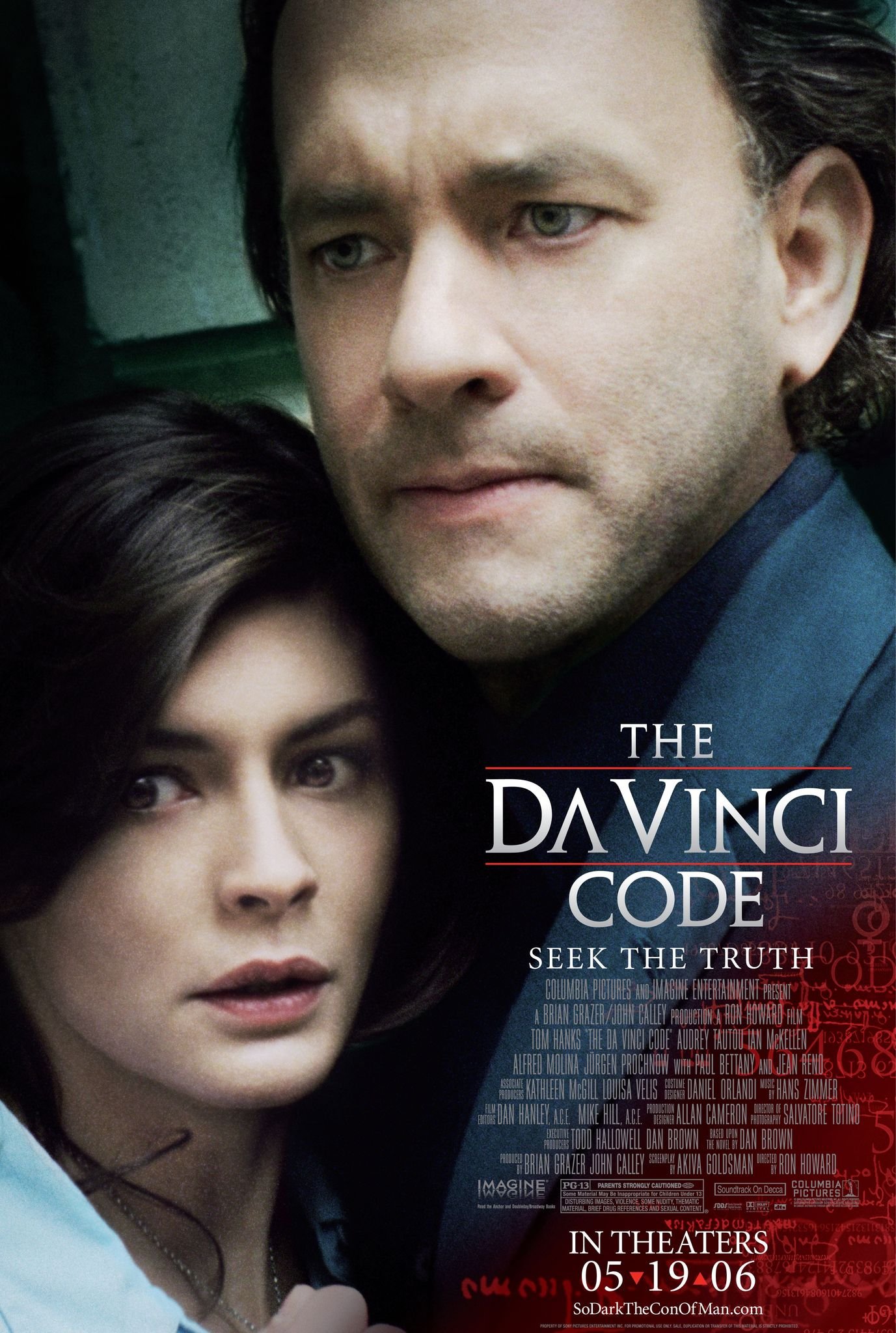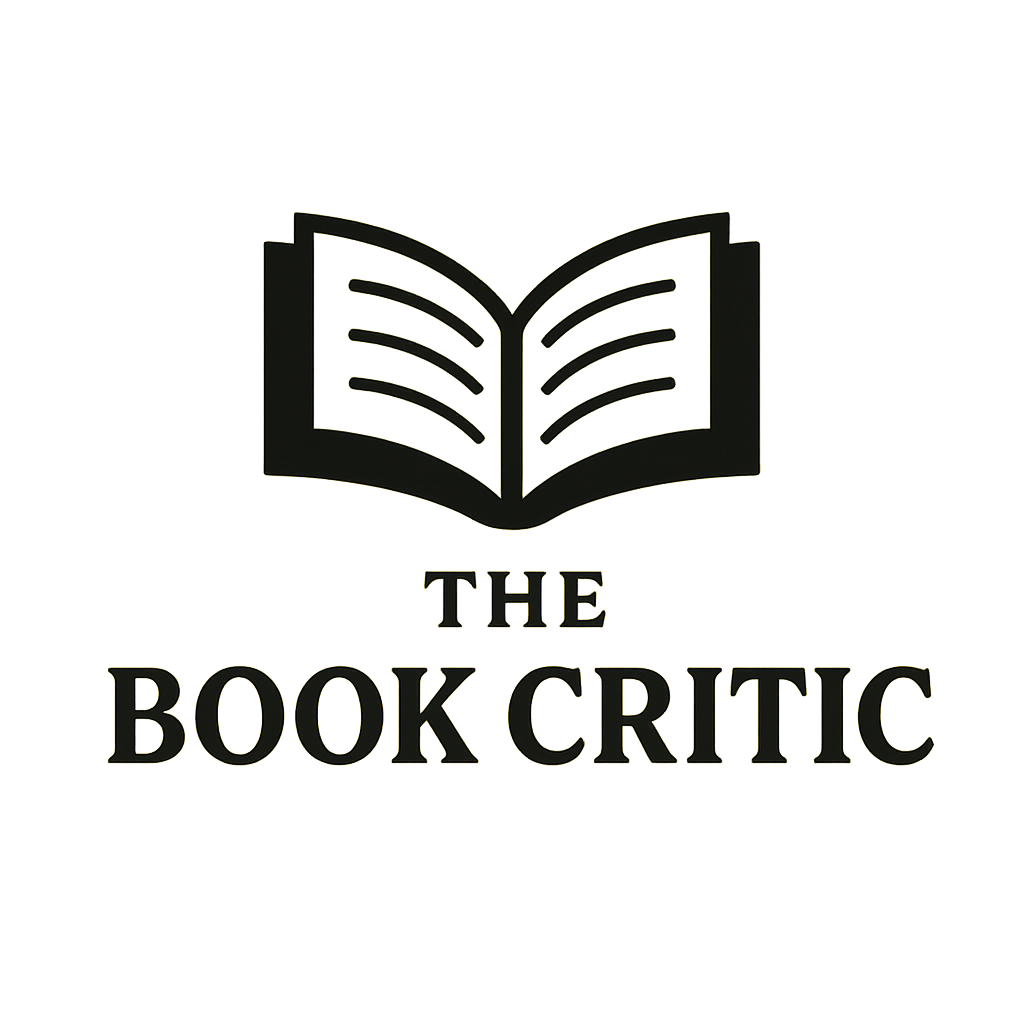Book Details
The Da Vinci Code, by Dan Brown is a page-turner, well-timed mystery-thriller full of art, history and conspiracy. The book traces the story of Harvard symbologist Robert Langdon and cryptologist Sophie Neveu who solve a murderous enigma in Paris and discover secrets of the Holy Grail, Catholic Church and a mysterious society known as the Priory of Sion. It is filled with references to the historical past, codes, puzzles and leaves the reader in a state of oblivion over just how fast the novel is paced and shocking through its twists. Themes of religious belief, earthly authority and secrets coming to light all strike a chord and make it a universal sensation despite the cloak of controversy around its religious assertions.
- Author: Dan Brown, American novelist known for historical thrillers.
- Genre: Mystery, Thriller, Conspiracy.
- Word Count: ~139,000 (standalone novel).
- Global Sales: Over 80 million copies sold, one of the best-selling novels ever.
Book Overview (U.S. hardcover edition):
| Title | Year | Pages | Key Plot Focus |
|---|---|---|---|
| The Da Vinci Code | 2003 | 454 | Langdon and Neveu solve a murder, uncovering secrets about the Grail. |
Part of Brown s Robert Langdon series, along with Angels Demons (2000) and others, the novel brought to bear on the thriller genre elements of intellectual puzzle, coupled with breathless suspense. Its radical approach to the history of Christianity caused some controversies but led to its acceptability.
Adaptation Details
The Da Vinci Code (2006), directed by Ron Howard, translates the book of the same title into film with a glittering cast and a big budget. The fantastic cast starring the likable Tom Hanks as Robert Langdon and Audrey Tautou as Sophie Neveu ventures to places and sceneries outside Paris, London and historic sites in a movie about grand chases and the inner-workings of the Freemasons. The dramatic musical score by Hans Zimmer and the highly detailed sets created to create the mysterious atmosphere in the film were effective, but did suffer in trying to adapt the dense plot of the novel. It had low ratings but was a commercial success.
- Director: Ron Howard.
- Studio: Columbia Pictures.
- Release Date: May 19, 2006.
- Runtime: 149 minutes (theatrical); 174 minutes (extended cut).
Key Cast:
| Character | Actor/Actress | Role Highlights |
|---|---|---|
| Robert Langdon | Tom Hanks | Symbologist decoding clues to solve a murder. |
| Sophie Neveu | Audrey Tautou | Cryptologist with a personal stake in the mystery. |
| Sir Leigh Teabing | Ian McKellen | Grail expert with hidden motives. |
| Silas | Paul Bettany | Fanatical monk serving a secret agenda. |
Reception: The movie grossed 758 million at the box office but received a 25 percent on rotten tomatoes with critics giving fair reviews to visuals and McKellen but having negative reviews to the plot being simplified and the pacing not working as well. Its controversial themes were protested by religious groups Production Costs: 125 million dollar budget, was filmed in both France and UK, scenes in the Louvre were shot on replica sets out of necessity.

Comparisons
Spoiler Warning: Minor plot hints below.
The film adaptation is a faithful rendition of the book in terms of the central mystery and themes though much of its historical and religious details get condensed to fit the agenda of a two-and-a-half-hour film, focusing instead on action and suspense over intellectualism
- Similarities:
- Core plot: The basic premise lateral thriller Langdon/Neveu in the race to solve the murder that occurred at the Louvre and discover what the Grail was is still in place.
- Characters: Langdon is knowledgeable on the subject and Sophie has determination; a reflection of the novel.
- Themes: Faith, secrecy, and historical intrigue are most vital.
- Differences:
- Book: Richer historically (e.g. lore about the Priory of Sion, art penetration); more character backstory; purgatorial, more puzzle-based pacing.
- Film: Simplifies the historical setting (e.g. less discussions on Grail; downplaying of minor characters; placing greater importance on the visual clues, the action scenes etc).
- Ending: Film softens controversial religious elements to reduce backlash, altering some resolutions.
Why It Works: The movie is as exciting and as colossal in its locations as is the book, with Hanks and Tautou lending credibility to the conspiracy. The film tries to appeal to a wider audience and regardless of negative reviews, the sleek visuals and suspense satisfy fans of the book as well as a more general audience.
Trivia & Resources
- Trivia:
- Other adaptations consist of films of Angels & Demons (2009) and Inferno (2016) that follow in the adventures of Langdon.
- The novel caused bans in various countries because of the religious overtones it employs but also caused tourism to the places mentioned such as the Louvre.
- Brown based her findings on historical writing, but some of her findings (e.g. regarding the Priory) were found to be fictional.
- Resources:
- Buy the book on Amazon.
- Stream the film on Netflix or Amazon Prime.
